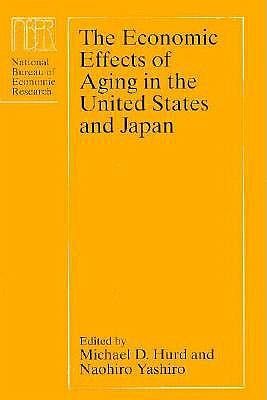
The Economic Effects of Aging in the United States and Japan
Versandkostenfrei!
Versandfertig in 2-4 Wochen
142,99 €
inkl. MwSt.

PAYBACK Punkte
71 °P sammeln!
Due to falling fertility rates, the aging of the baby-boom cohort, and increases in life expectancy at age sixty-five, the percentage of the population that is elderly is expected to increase rapidly in both the United States and Japan over the next two decades. These fourteen essays show that, despite differences in culture and social and government structure, population aging will have many similar macro and micro effects on the economic status and behavior of the elderly in both countries. Topics addressed include the effects of demographic trends on the consumption and savings patterns of ...
Due to falling fertility rates, the aging of the baby-boom cohort, and increases in life expectancy at age sixty-five, the percentage of the population that is elderly is expected to increase rapidly in both the United States and Japan over the next two decades. These fourteen essays show that, despite differences in culture and social and government structure, population aging will have many similar macro and micro effects on the economic status and behavior of the elderly in both countries. Topics addressed include the effects of demographic trends on the consumption and savings patterns of the elderly and on public pension programs in Japan and the United States; the consequences of population aging on private pension fund saving, national saving, and asset accumulation; the effects of personal retirement savings, social security, and retirement benefits on the wealth of the elderly; and public pension reform. This volume will be of interest to scholars and policy makers who are concerned with the economics of aging.


